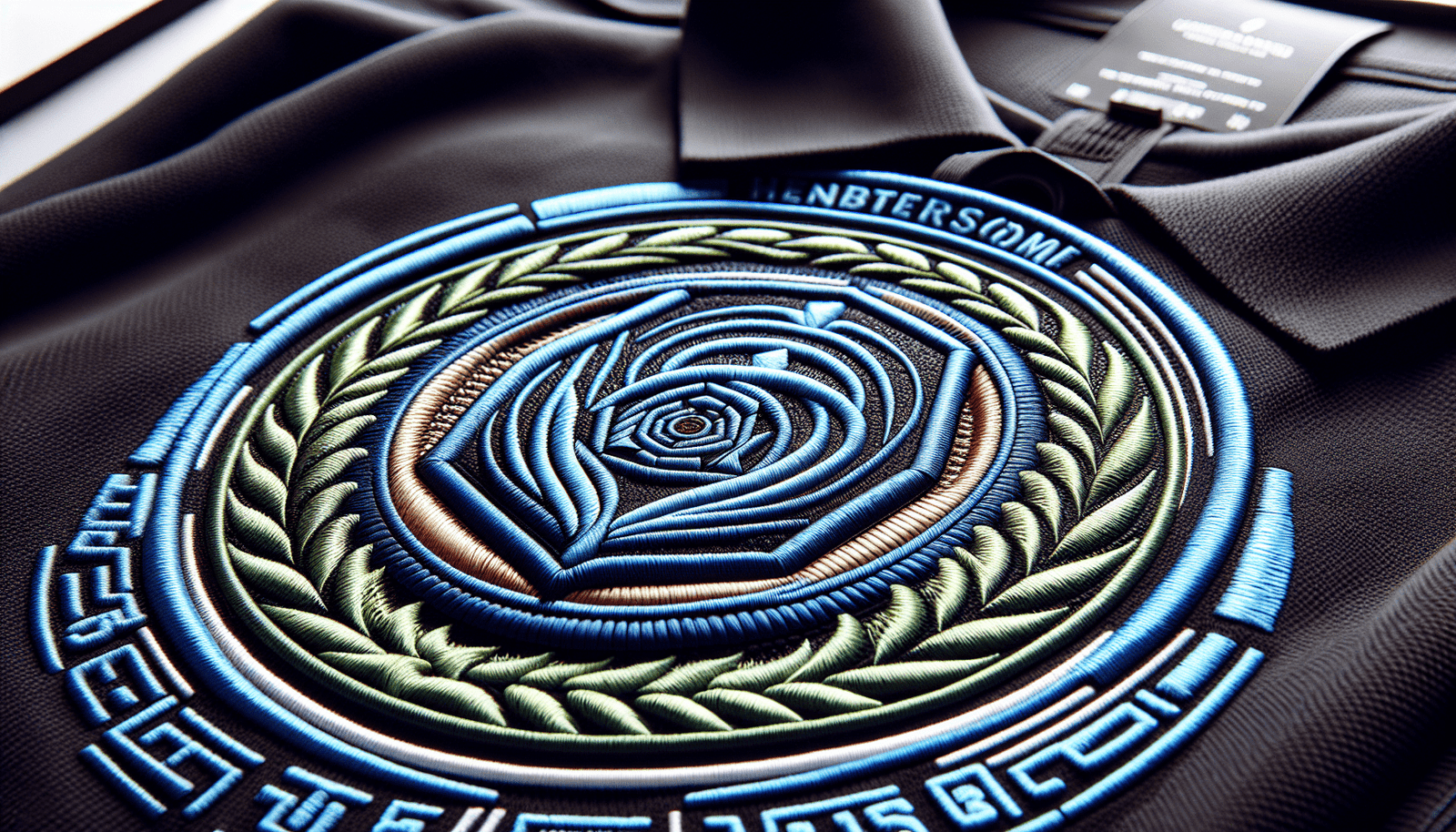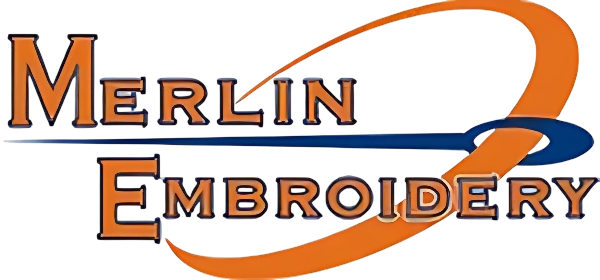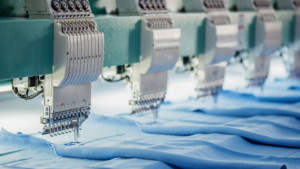How To Create A Cohesive Brand Identity With Custom Embroidered Apparel
Ever thought about how your company can stand out in a crowded marketplace? Creating a cohesive brand identity is essential, not just for recognition but for building trust with your audience. One powerful way to do this is through custom embroidered apparel. Let’s unlock the potential of this tool to craft a unified and memorable brand.

This image is property of images.unsplash.com.
What is Brand Identity?
Brand identity isn’t just a buzzword; it’s the essence of what makes your company unique. It’s a combination of the visual and emotional aspects that leave a lasting impression on your audience. Think of it as the personality of your brand.
The Components of Brand Identity
Your brand identity consists of several key components:
- Logo: The visual symbol of your brand.
- Color Palette: The specific colors associated with your brand.
- Typography: The fonts you use in your branding materials.
- Voice and Tone: The way you communicate with your audience.
- Imagery: The style of photos and graphics you use.
- Apparel: What your team wears, which can include custom embroidered apparel.
Each element must align with the others to create a cohesive and recognizable brand. But how do you tie it all together?
Why Custom Embroidered Apparel?
One effective yet often overlooked element of brand identity is what your team wears. Custom embroidered apparel offers a unique opportunity to present a unified, professional image.
Benefits of Custom Embroidered Apparel
Custom embroidered apparel is more than just a uniform; it’s a statement. Here are some of the benefits:
- Professionalism: Custom embroidery can make your team look polished and cohesive.
- Brand Recognition: Your logo and colors become instantly recognizable.
- Employee Morale: Uniforms can foster a sense of belonging and team spirit.
- Marketing Tool: Every time your team steps out in branded apparel, it’s free advertising.

This image is property of images.unsplash.com.
Choosing The Right Apparel
Before diving into the embroidery part, let’s talk about selecting the right pieces of apparel. Your choices should reflect your brand’s personality and values.
Types of Apparel
Different types of apparel serve different purposes. Here’s a breakdown:
| Type of Apparel | Ideal Use | Example |
|---|---|---|
| Polo Shirts | Customer-facing roles | Sales reps, retail |
| T-Shirts | Casual events, giveaways | Trade shows, team-building events |
| Jackets and Hoodies | Outdoor work, cooler environments | Construction, tech support |
| Hats and Caps | Additional branding, outdoor events | Festivals, sports events |
| Aprons | Food service, retail | Cafes, restaurants |
Fabric Choices
The fabric you choose also plays a role in how your brand is perceived. For instance:
- Cotton: Soft, breathable, and comfortable. Great for casual settings.
- Polyester: Durable and resistant to wrinkles. Excellent for more active roles.
- Blends: Combine the best of both worlds, offering comfort and durability.
Color Selection
The colors of your apparel should align with your brand’s color palette. Consistency is vital for brand recognition.
Designing For Embroidery
Once you’ve chosen your apparel, the next step is ensuring your designs are embroidery-friendly. Not all designs translate well into embroidery, so some adjustments may be needed.
Logo and Design Considerations
Here are some key design tips:
- Simplify Your Logo: Intricate details may get lost in the embroidery process. Opt for a simplified version if needed.
- Color Contrast: Ensure there’s enough contrast between the thread and the fabric for the design to stand out.
- Size Matters: Make sure your design isn’t too large or too small to be embroidered effectively.
Choosing Thread Colors
The colors of the thread should match or complement your brand colors. It’s worth getting a sample made first to check how the colors look on the fabric.
Embroidery Placement
Where the embroidery appears can make a difference in the overall look. Common placements include:
- Left Chest: Subtle and traditional.
- Back: Bold and eye-catching, ideal for larger logos.
- Sleeves or Cuffs: Adds a touch of uniqueness without overwhelming.

This image is property of images.unsplash.com.
Finding the Right Embroidery Service
Partnering with a reliable embroidery service is crucial for quality and consistency. Here are some considerations:
What to Look for in an Embroidery Service
- Experience: How long have they been in the business?
- Capabilities: Can they handle large orders? Do they offer customizations?
- Samples: Do they provide samples to review before finalizing?
- Turnaround Time: How quickly can they deliver?
- Reviews: What are others saying about their service?
Questions to Ask
Before committing, here are some questions to ask:
- What is your minimum order quantity?
- Do you charge for design setup?
- Can you provide samples?
- What are your turnaround times?
- What are your policies on revisions?
Ordering Process
The ordering process typically involves several stages. Knowing what to expect can make it smoother.
Steps in the Ordering Process
- Consultation: Discuss your needs and get advice on apparel choices and design.
- Design Proofing: Get a digital proof of your design for approval.
- Sample Production: Request a sample to ensure it meets your expectations.
- Final Order: Once the sample is approved, place your final order.
- Delivery: Receive and distribute your custom embroidered apparel.

Incorporating Custom Embroidered Apparel into Your Brand Strategy
Now that you’ve got your custom embroidered apparel, how do you make it work for your brand? Here are some strategies.
Internal Branding
Start from within. Ensure your employees are on board and excited about the new apparel.
- Training: Explain the significance of the new apparel and how it aligns with the company’s goals.
- Events: Introduce the new apparel at an internal event or meeting to create excitement.
External Branding
Use your apparel as a marketing tool.
- Customer Interaction: Make sure customer-facing employees always wear the branded apparel.
- Events and Sponsorships: Have your team wear the apparel at events for maximum visibility.
- Social Media: Share photos of your team in their apparel on social media to boost brand recognition.
Measuring Success
You’ve invested time and money into custom embroidered apparel. But how do you know if it’s working?
Key Performance Indicators (KPIs)
Identify some KPIs to measure the impact:
- Brand Recognition: Conduct surveys to see if customers recognize your brand more.
- Employee Morale: Gauge employee satisfaction and willingness to wear the apparel.
- Sales Metrics: Track if there’s an increase in sales or customer engagement since introducing the apparel.
- Social Media Engagement: Monitor likes, shares, and comments on posts featuring the apparel.
Getting Feedback
Don’t be afraid to ask for feedback from both employees and customers. This can provide valuable insights into what’s working and what needs adjustment.

Maintaining Your Branded Apparel
Consistency is key, even when it comes to maintaining your custom embroidered apparel.
Care Instructions
Provide care instructions to employees to ensure the longevity of the apparel.
- Washing: Recommend machine wash cold and tumble dry low.
- Ironing: Advise against ironing directly on the embroidered area.
- Storage: Suggest hanging the apparel to avoid wrinkles.
Reordering
Plan for reorders to keep everyone looking sharp.
- Inventory Management: Keep track of sizes, quantities, and wear-and-tear.
- Feedback Loop: Use feedback to make necessary changes in future orders.
Common Mistakes to Avoid
Even with the best intentions, mistakes can happen. Here are some pitfalls to steer clear of:
Design Errors
- Overcomplicating the Design: Simplicity is key for embroidery.
- Ignoring Fabric Constraints: Not all fabrics are suitable for embroidery.
Poor Quality Control
- Skipping Samples: Always review a sample before the final order.
- Choosing the Cheapest Option: Cheaper services can result in lower quality.
Lack of Employee Buy-in
- Forcing Apparel: Make sure employees are comfortable and happy wearing the apparel.
- Ignoring Feedback: Listen to what your team has to say for future improvements.
Conclusion
Creating a cohesive brand identity with custom embroidered apparel is a comprehensive process, but the rewards are worth it. From selecting the right type of apparel and designing it for embroidery, to measuring its impact and making necessary adjustments, every step plays a crucial role in how your brand is perceived.
Remember, your team’s apparel is not just about looking good; it’s about embodying the essence of your brand in every interaction. With a well-thought-out approach and attention to detail, custom embroidered apparel can become a powerful tool in your branding arsenal.
Why not take the next step in cementing your brand’s identity? Your journey to a more cohesive and professional image starts now.



